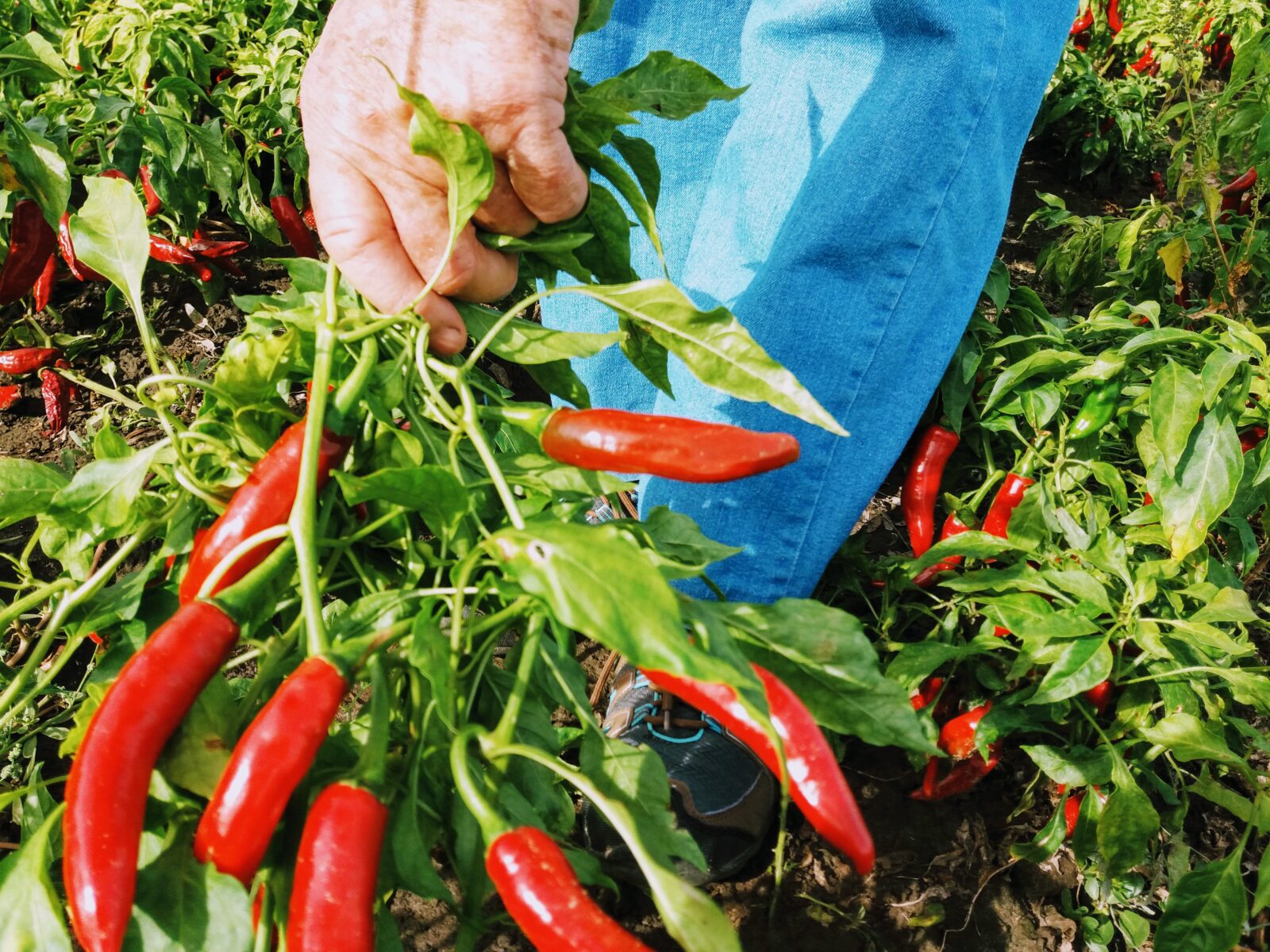-
×
 Szepsy Úrágya 63 Furmint 2021
Szepsy Úrágya 63 Furmint 2021 Delivery time: 1-5 working days
Includes: 0,75 l
1 × €54,90 €73,20 / l -
×
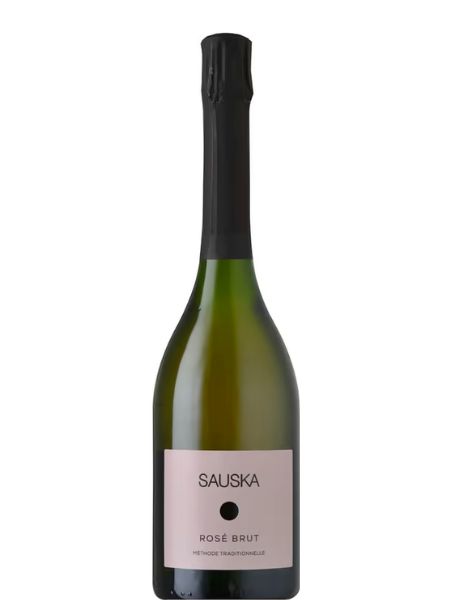 Sauska Rosé Brut
Sauska Rosé Brut Delivery time: 1-5 working days
Includes: 0,75 l
1 × €22,90 €30,53 / l -
×
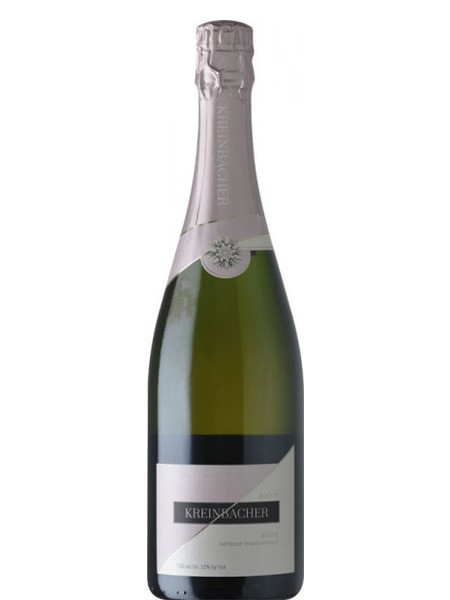 Kreinbacher Rosé Brut
Kreinbacher Rosé Brut Delivery time: 1-5 working days
Includes: 0,75 l
1 × €22,90 €30,53 / l
Updates, Wine Styles & Trends
Hungarian Rosé – a different kind of pink
It’s summer and it’s rosé time! On the international wine scene, rosé wines have been a growing trend in recent years. In Hungary, however, it’s been a popular summer drink for as long as anyone can remember. Hungarian rosés are usually crisp and refreshingly dry, but they come in a variety of styles and flavors – read on to learn all about them!
First of all, how is rosé wine made?
Just like any wine, a good rosé starts with quality grapes. Rosé is made from red grapes, just like red wine, but most winemakers harvest their red grapes a bit earlier for rosés than for reds to make sure that they retain their freshness and healthy sugar-acidity ratio.
The main difference between red and rosé wines is that for rosés, the juice of the grapes is separated from the skins quickly (within a couple of hours) after pressing, giving them a lighter color and fresher flavor. Red wines gain their color and tannins from the skins and seeds of the grapes, so the less time they spend together with the juice, the lighter and paler the wine is. Most rosés are meant to be drunk within a year, until the next vintage appears, and consumed nice and cold, somewhere between 8-12 °C.
A common misconception about rosé is that they are easier to make than red wines and are therefore harvested with machines, but in fact, the best rosés are made of grapes picked by hand. The reason for this is that machine harvesting can easily crack the grapes, which accelerates oxidation, the main enemy of rosé wines. Grapes for rosé are also often harvested at night or in the early hours to keep their temperature low when they arrive to the winery to be crushed. This helps the grapes keep their flavor and freshness.
What’s the Hungarian rosé style like?
Typically, Hungarian rosés are especially light, dry and crisp, more so than their international counterparts. Thanks to this, it’s popular among all consumers, and not considered or seen as ‘girly’ or ‘sticky’ like it is elsewhere. Lots of Hungarian rosés are freshened up with a little bit of carbonation, making them ideal for the popular Hungarian fröccs (wine spritzer). Rosé can be made from many grape varieties, but the local Kékfrankos grape is an especially popular choice thanks to its good acidity, spicy character and medium body, resulting in a fresh, juicy, and vibrant rosé wine.
-
 Figula Rosé 2024€8,50
Figula Rosé 2024€8,50incl. VAT
excl. shipping costs
Delivery time: 1-5 working days
-
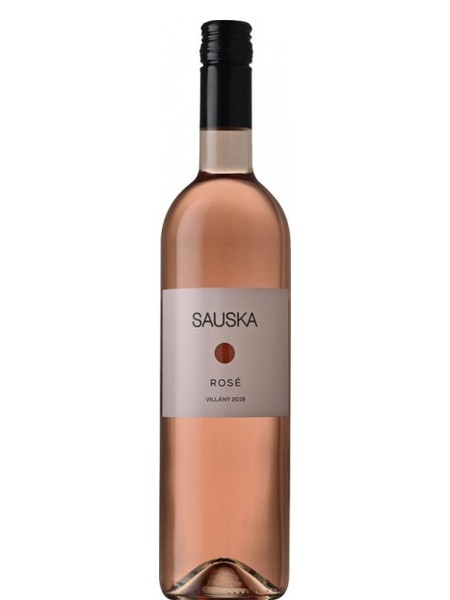 Sauska Rosé 2024€8,50
Sauska Rosé 2024€8,50€11,33 / l
incl. VAT
excl. shipping costs
Delivery time: 1-5 working days
-
 Sauska Siller 2024€8,50
Sauska Siller 2024€8,50€11,33 / l
incl. VAT
excl. shipping costs
Delivery time: 1-5 working days
-
 Heimann & Fiai “Piros” Siller 2024€9,90
Heimann & Fiai “Piros” Siller 2024€9,90€13,20 / l
incl. VAT
excl. shipping costs
Delivery time: 1-5 working days
-
 Konyári Rosé 2024€7,90
Konyári Rosé 2024€7,90€10,53 / l
incl. VAT
excl. shipping costs
Delivery time: 1-5 working days
-
 Sauska Rosé Brut€22,90
Sauska Rosé Brut€22,90€30,53 / l
incl. VAT
excl. shipping costs
Delivery time: 1-5 working days
-
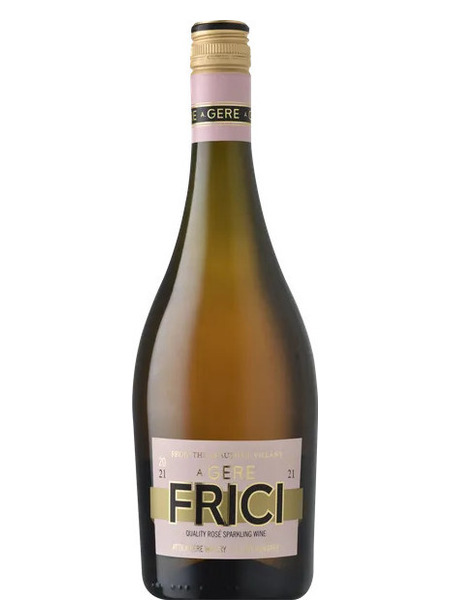 Gere Frici Frizzante Rosé 2024€8,90
Gere Frici Frizzante Rosé 2024€8,90€11,87 / l
incl. VAT
excl. shipping costs
Delivery time: 1-5 working days
-
 Kreinbacher Rosé Brut€22,90
Kreinbacher Rosé Brut€22,90€30,53 / l
incl. VAT
excl. shipping costs
Delivery time: 1-5 working days
Darker rosés: Siller
Although crisp, light rosés are the most common, there’s also a traditional Hungarian style at the completely other end of the spectrum making a comeback: Siller, dark, intense style of rosé. Swabian winemakers (Donauschwaben) who moved to Hungary in the 18th century brought this style with them, which was originally made by blending white and red grapes.
Today, it’s made by soaking the grape juice with the skin for a couple of hours to a couple of days. That’s longer than for rosé, but not long enough to make the juice become a dark red wine. Done right, Siller is the best of both worlds: refreshing like a rosé, but with the more complex flavors of a red wine. This style is also popular with natural winemakers who want to make rosés with more character and flavor than the usual light ones. Siller and darker rosés are also ideal as wine pairings for a variety of summer dishes.
-
 Sauska Siller 2024€8,50
Sauska Siller 2024€8,50€11,33 / l
incl. VAT
excl. shipping costs
Delivery time: 1-5 working days
Whatever your taste, there’s a rosé for everyone in our selection. Get in touch if you’d like a personal recommendation!

 Deutsch
Deutsch
